Producers
-
Description:
Iuli is located in the far north of the Monferrato, in the town of Montaldo di Cerrina. Once a vibrant little town of 450+ souls, today there are only 92. It is set among the last band of dramatic hills and valleys before descending into the rich flatlands of the Po river valley, with the Alps as a backdrop on a clear day. If you're headed to Montaldo, chances are it is to see Fabrizio Iuli. His family figures prominently and colorfully in the town's history. In the 1920s, his grandfather, Gioacchino Natale Iuli, like many young men from the countryside, was courted by a factory job in Lombardia. In a twist of fate, Gioacchino heard that a burgeoning marching band had been formed in Montaldo, so he packed his bags and headed back to become its clarinetist and to start a family. The first vines were planted around 1930. Fabrizio's grandmother, Ernestina, established a little osteria in their living room, a place with warm food and warm hospitality that became a gathering point for the village. There was much conviviality and Iuli Barbera flowing. Though no longer an official restaurant, the feeling continues to this day with Fabrizio and his wife, Summer Wolff, cooking up a storm and popping bottles, their young boys staying up later than most American kids their age, taking it all in. It is a place that sucks you in, where time seems to stand still, if only temporarily.
Today, Fabrizio is the only winegrower in the town. His first commerical vintage was 1998, with his Barbera called Rossore. The grapes found in his vineyards are Baratuciat (a nearly-extinct white variety from the Val di Susa), Slarina (a red Monferrato variety also almost lost), Grignolino, Nebbiolo, Pinot Nero, and, of course, Barbera. There are 35 contiguous hectares of land in one valley, with 16 hectares planted to vine. Certified organic, the land has never seen any chemicals. Despite being ridiculed by neighbors, Fabrizio's grandfather and father never succumbed to pressure to buy products they felt were meant to fix something that wasn't broken. The isolation of the place suits Fabrizio's desire to instigate and protect biodiversity. The thick surrounding woods keep the prospect of a monoculture at bay. They contain many white truffles in the season; they also house many wild boar, who can and do devour a crop of grapes. Some end up at Cascina Iuli in the form of 'Barbera Pig' stew.
The wines are Piedmontese to the core, ultra-reflective of the poor, but limestone-rich soils and northernly climate with cool nights. Each wine has a reason for being; each wine has extreme drinkability without losing seriousness or intrigue. They are concentrated in their fruit, but also have a lightness and florality that feel very "Iuli." In the cellar, Iuli's trajectory over the years has become increasingly non-interventionist. Fermentations are carried out spontaneously, with a little so2 added after malolactic fermentations. The tradition in the area is to use concrete tank and large oak cask. Fabrizio wouldn't dream of deviating from that lineage. He adores, collects, and restores small concrete vessels. There's a room in the cellar in which they're lined up like little misfit robots waiting to be deployed. The wines are aged slowly and statically, bottled unfined and unfiltered, when taste and an auspicious moon deem they're ready.
We are happy and lucky to welcome Iuli to our Italian portfolio.
Image: Region:
Region: -
Description:
Izarra means “star” in Basque, and is a brand of liqueur that was created in 1906 in Hendaye, in the Basque Country, by the botanist and pharmacist Joseph Grattau. This recreation of Izarra by the Verdrenne family using the original recipe is a liqueur made from a distillate of plants, spices and 2 macerations, prunes and walnut husks.After distillation in a copper still, Armagnac is added to the distillate. Izarra the historic herbal liqueur from the Basque Country of France and Spain is an herbal spirit much like what the monks made with Chartreus.
Image: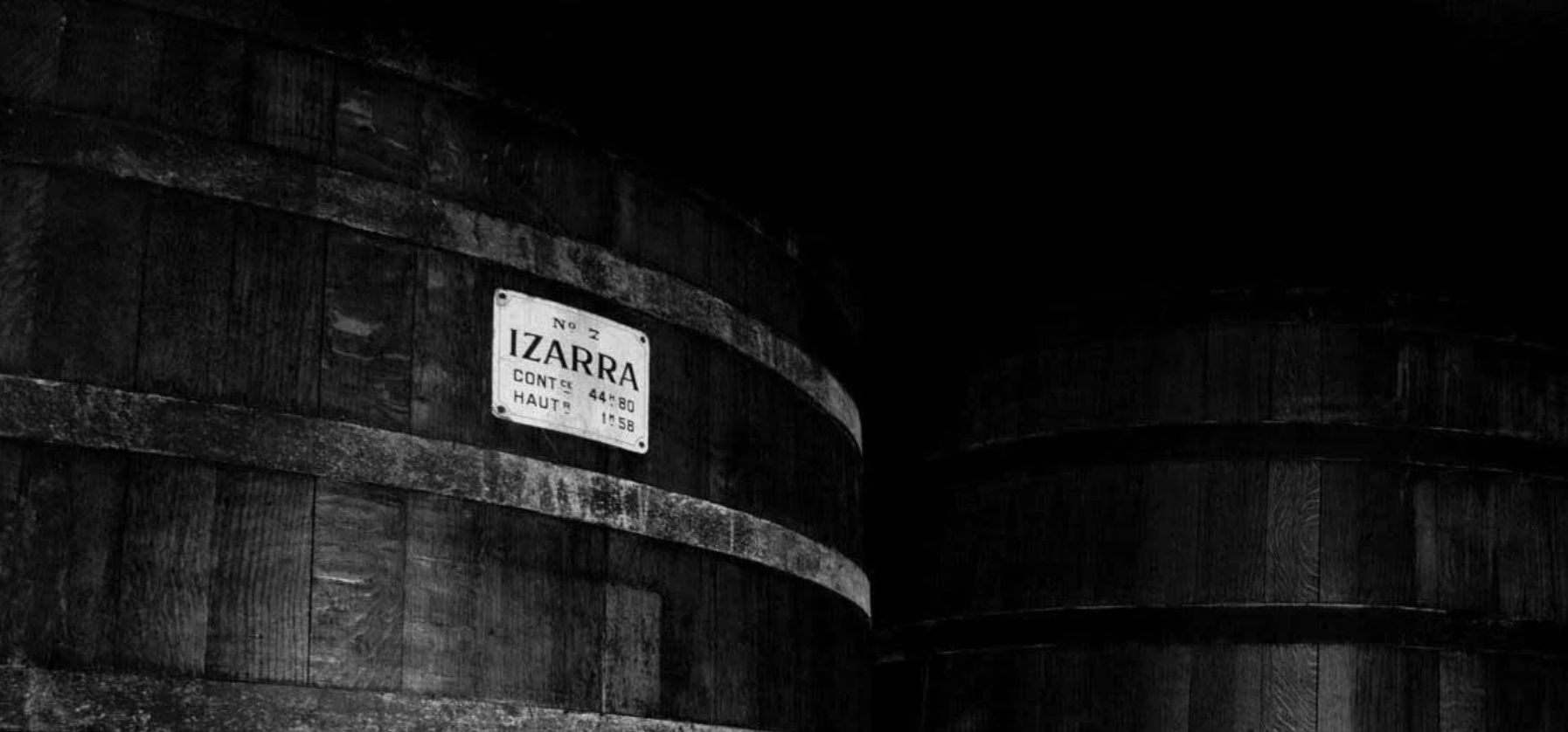 Region:
Region: -
Description:
Jon Langley and Lucky Preksto, longtime New York City bartenders, met in 2009 and have been collaborators ever since. In 2020 they began developing spirits recipes in Jon’s kitchen. Ever optimistic, they formed January Spirits that same year. In 2022, they scaled up these recipes and teamed with Matchbook Distilling, located in the North Fork of Long Island, to bring their vision to life.
Joining forces with Lucky’s wife, Diana Lang, on branding, and Jon’s partner, Amanda Eli, on operations, they came to market in New York in the spring of 2023. They decided to launch with three products. Amaro and genepy, legendary digestifs; two sides of a coin, one bitter, rooty, the other herbal, ineffable. The five-flower gin, particular to January Spirits, accents the earthy quality of flowers. It’s not an obvious gin, only delicious.
Taken on their own, these styles are aromatic and nuanced; in cocktails, near indefinable.
"We make botanical spirits. We’re drawn to the traditional French and Italian styles of drinks that haven’t until recently had a bright light shone upon them. We love them on their own, they stand up. They’re also often the secret ingredient that make a cocktail sing. Versatile spirits. Serious spirits, often pondered over, savored, and deeply regarded. We take them seriously. But we feel drinking also, at its heart, ought to be fun. It makes you feel good, after all–and here’s to feeling good all the time."
Bowler is proud to welcome January Spirits to the portfolio!
Image: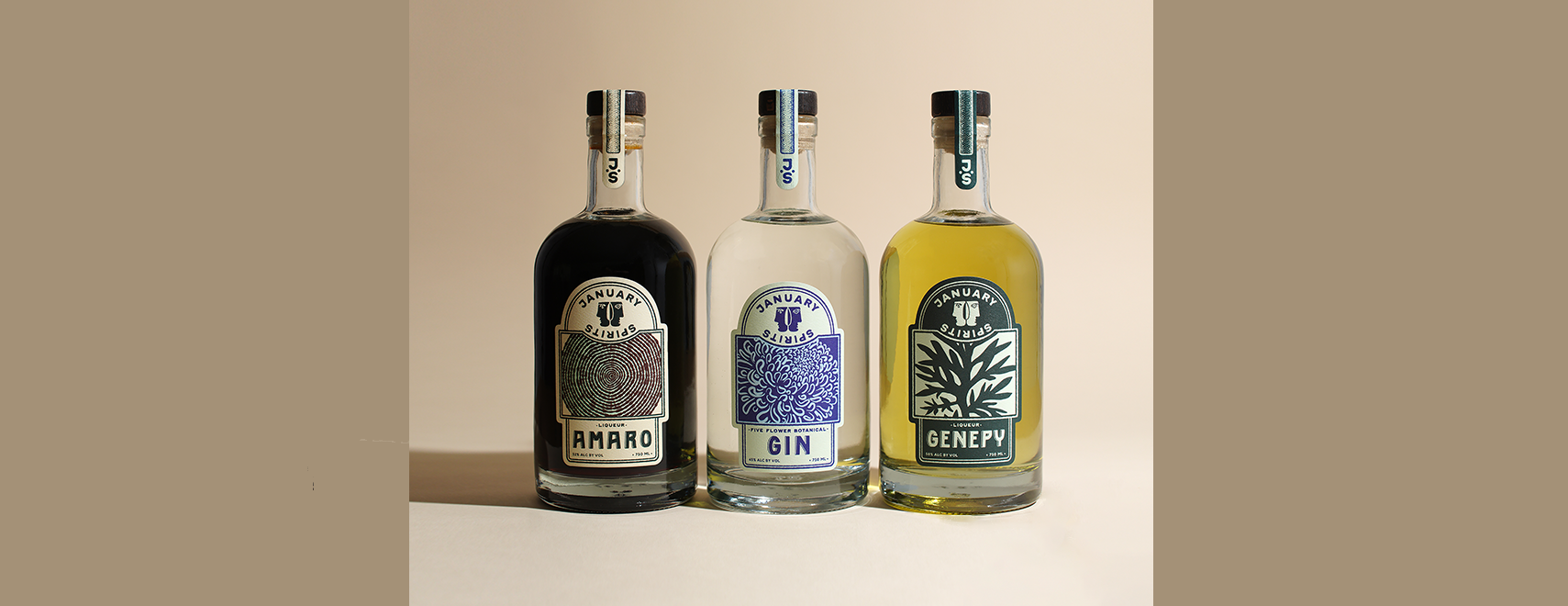 Region:
Region: -
Description:
Shortly after settling in Lannepax in the heart of Armagnac country with his wife and two sons in 1883, Jean Cavé opened the doors of his small distillery. A grape-grower already, Cavé began a generations-long quest to perfect their growing, distilling, and aging methods over more than a century.
The team at Jean Cavé are still guided by Henry Cavé, the fourth generation of the family. With Henry at the helm, the distillery benefits from generations of knowledge, as well as a shared sense of tradition and purpose. This has allowed them to retain continuity and an enduring sense of place. Today, with more than one hundred thirty vintages of their Armagnac produced, they have built up a stock of old bottles that few other houses can match and can offer a wide range of bottlings that will delight newcomers to this spirit, as well as delight serious collectors and aficionados. We are pleased to welcome Jean Cavé to our portfolio.
BOWLER E-Zine Issue 4 | January 2022: The Tradition of Jean Cavé Armagnac
Image: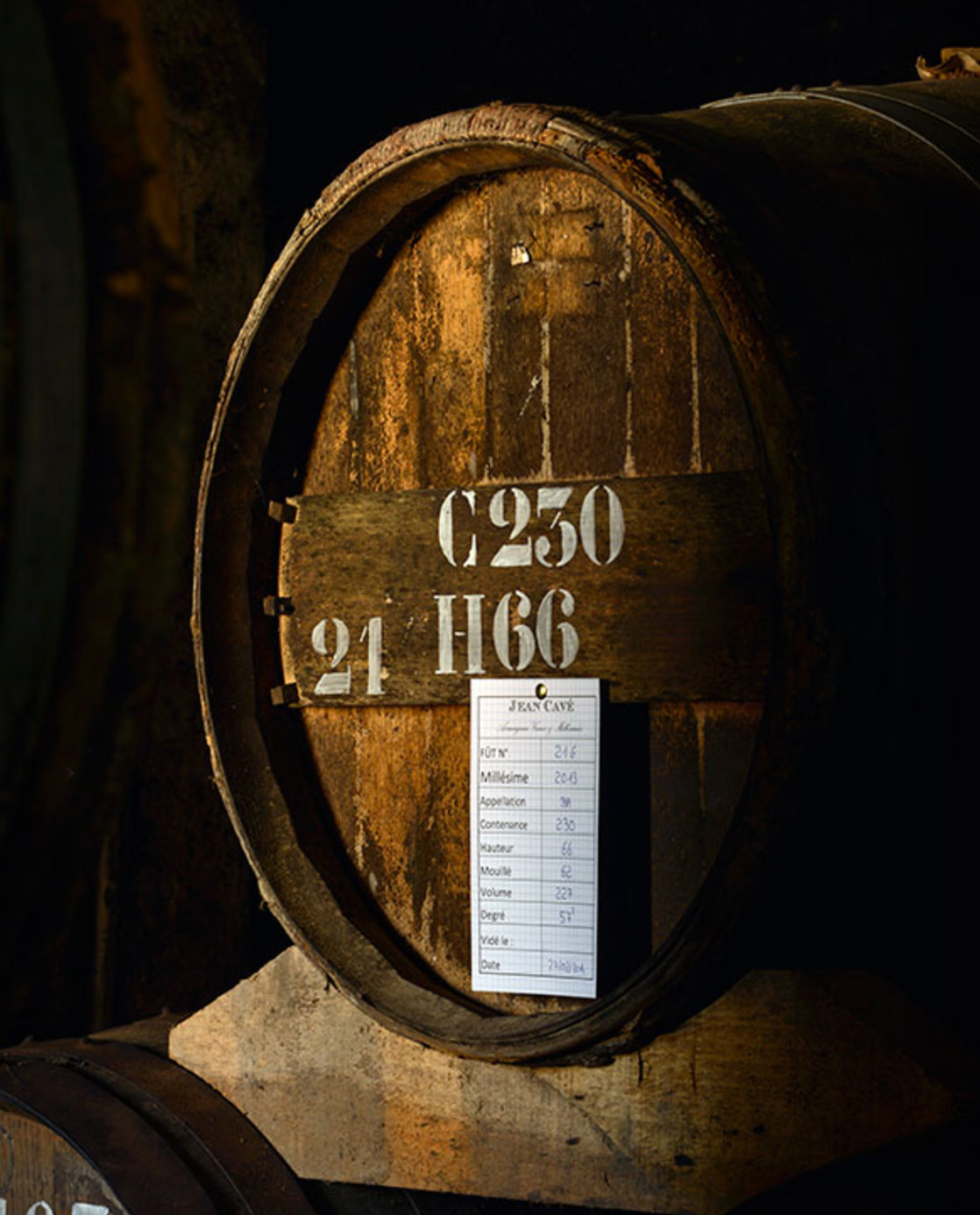 Region:
Region: -
Description:
Jean Perrier et Fils is a family estate passed from father to son for seven generationssince 1853. Gilles Perrier has worked alongside his father for many years and his son recentlyjoined the winery. The domaine has slowly expanded over the generations and today they own sixty-two hectares focusing mainly on varieties indigenous tothe Savoie, Jacquere, Altesse, and Mondeuse. The grapes of the Savoie are largely unknown outside the region and many of them cannot be found anywhere else. The altitude creates stunningly fresh and idiosyncratic wines.
Maintaining quality has always been the priority for the Perrier family and vineyard work is sustainable, certified by HVE. Grapes are hand-harvested and gently vinified in stainless steel tanks. The Perrier wines are appreciated for their complexity and freshness, dry but fruity with a lot of minerality - a pure expression of Savoie.
Image: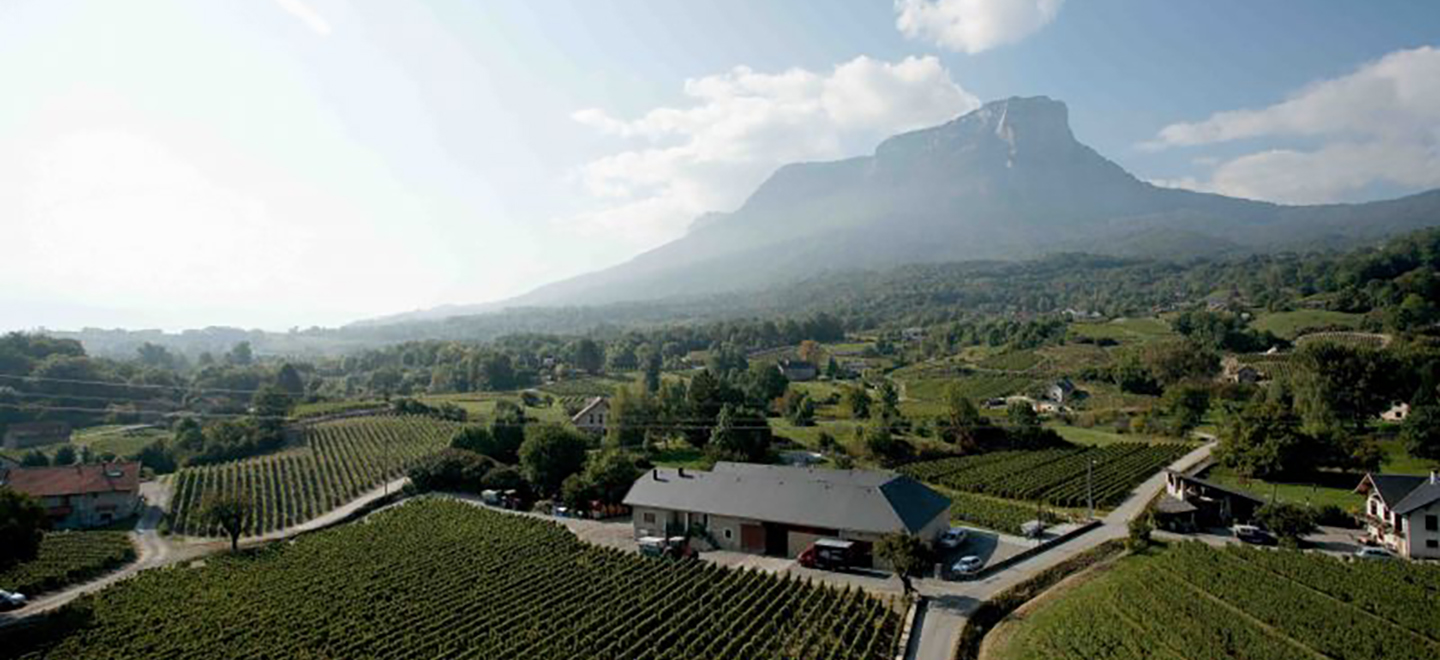 Region:
Region: -
Description:
Jean-Yves Pérard is a small grower in the village of Cernay-les-Reims in the Montagne de Reims, east of Reims and about twenty minutes north of the Grand Cru villages of the Grand Montagne. The Pérard family has been in Champagne since 1639 and, like many growers, sold to the big Champagne houses for generations. In 2012 Jean-Yves decided that he wanted to break this cycle and make wine under his own name from his five hectares of vines.
Most of Jean-Yves’s vines are in Cernay-les-Reims, where chalky soils over clay support mainly Chardonnay, an unusual scenario in the Montagne de Reims. He is lucky enough to work with Chardonnay vines that are 40-60 years old. He also owns Pinot Noir and Meunier vines in the Vallée de la Marne in the villages of Festigny, Mareuil-le-Port and Leuvrigny. His vineyards are certified sustainable by HVE3 since 2019 and he works the soils. Jean-Yves has never used herbicides or pesticides; he will treat for mildew only when absolutely necessary. He makes his wine where he always has, in a cellar shared by a dozen or so other growers who all sell to two of the well-known houses.
There are four wines in the Pérard line-up: a blend called “Extravagance”, two Blanc de Blancs with different dosage levels, and a rosé. Two of the wines are available in the United States. One is the Extra Brut Blanc de Blancs, which I found particularly intriguing, given the rarity of pure Chardonnay wines from the Montagne de Reims. It feels nice, bright, and fresh with pear notes. The “Extravagance” comes from his Pinot Noir and Meunier vines in the Marne, blended with 5% Chardonnay. It’s a bit richer, with a creamy mouthfeel and toasty brioche notes. Jean-Yves mainly vinifies and ages in stainless steel but he does use foudres occasionally.
We are very excited to launch these wines in the US and follow Pérard in his new adventure!
-Michele Peters, French Portfolio Manager
Image: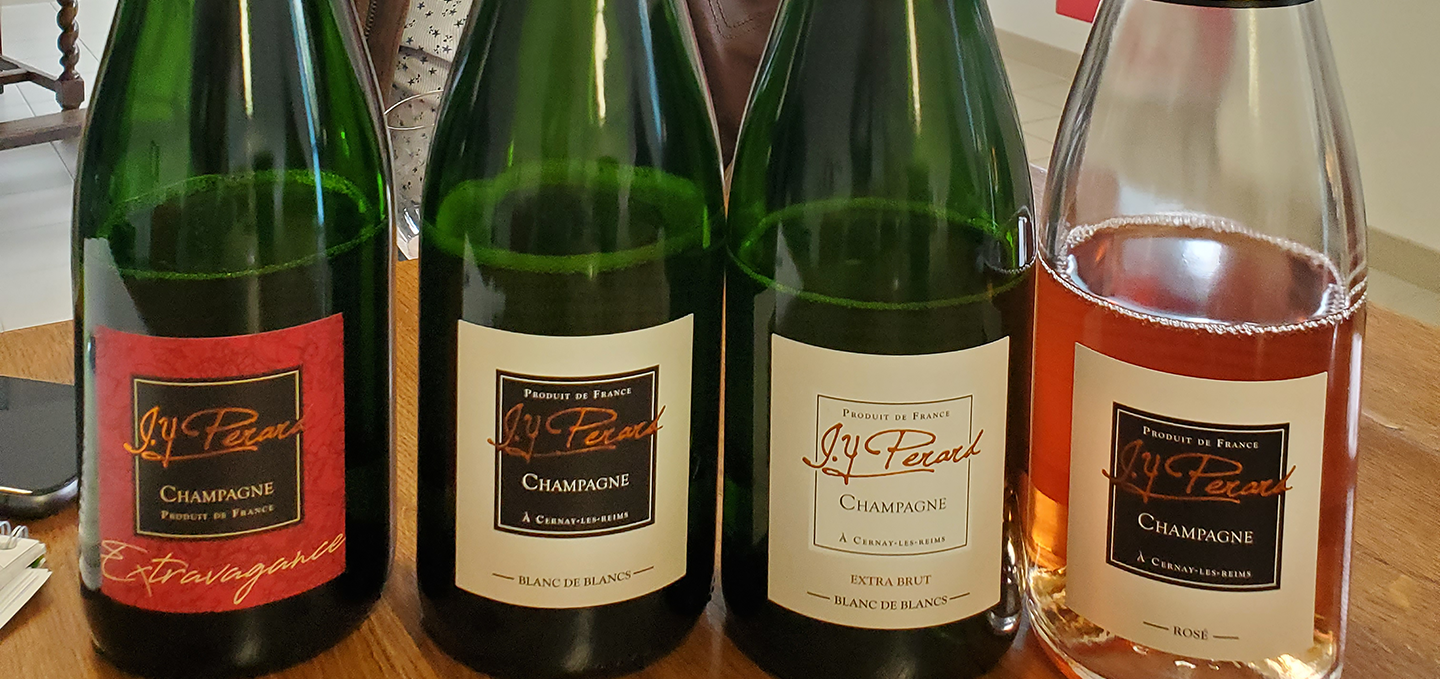 Region:
Region: -
Description:
The Jeanne Marie label was created by David Gordon, one of New York’s first recognized sommeliers, and the person responsible for the Wine Spectator Grand Award-winning wine list at Manhattan’s famed Tribeca Grill restaurant. The restaurant opened in 1990 by restaurateur Drew Nieporent and actor Robert DeNiro. Gordon, who is self-taught, began learning about wine in the 1980s just as Kevin Zraly was beginning to educate America on the world of wine. At the time, there were very few non-French somms working in the city and the British-born Court of Master Sommeliers was in its infancy.
“You had to pick up a book or magazine to learn about wine,” says Gordon. There were no YouTubes or Google or extensive training programs. The list now boasts over 1800 selections including verticals of some of the most sought-after producers.
While he tasted and learned about the best wines on the planet, which included expensive Burgundies and Rhône wines, Gordon always kept the consumer top of mind. “House” Cab and Chard were big sellers at the restaurant, so he set out to meet that demand with a genuine product that would deliver consistent quality.
“I started the Jeanne Marie line as a fun, cool thing to do,” says Gordon. “There really weren't any wines associated with sommeliers at the time. Now there are many, but these were definitely among the first. I named the wine after the person I worship, my wife of 30+ years- Jeanne Marie."
In the beginning, Gordon sourced the wines from his friends in Napa and Sonoma. Producers such as Caymus, Lewis Cellars, and Miner Family provided grapes and helped with the winemaking for the early cuvées. Gordon has kept to his original promise that wines with the Jeanne Marie label will always be affordable and delicious. “People want ripe fruit and a clean taste that’s not too oaky or tannic,” he says. The wines are refreshing, they can be drunk as an aperitif before dinner or with a meal."
Wines bearing the Jeanne Marie label, much like David Gordon himself, are welcoming and unpretentious.
Image: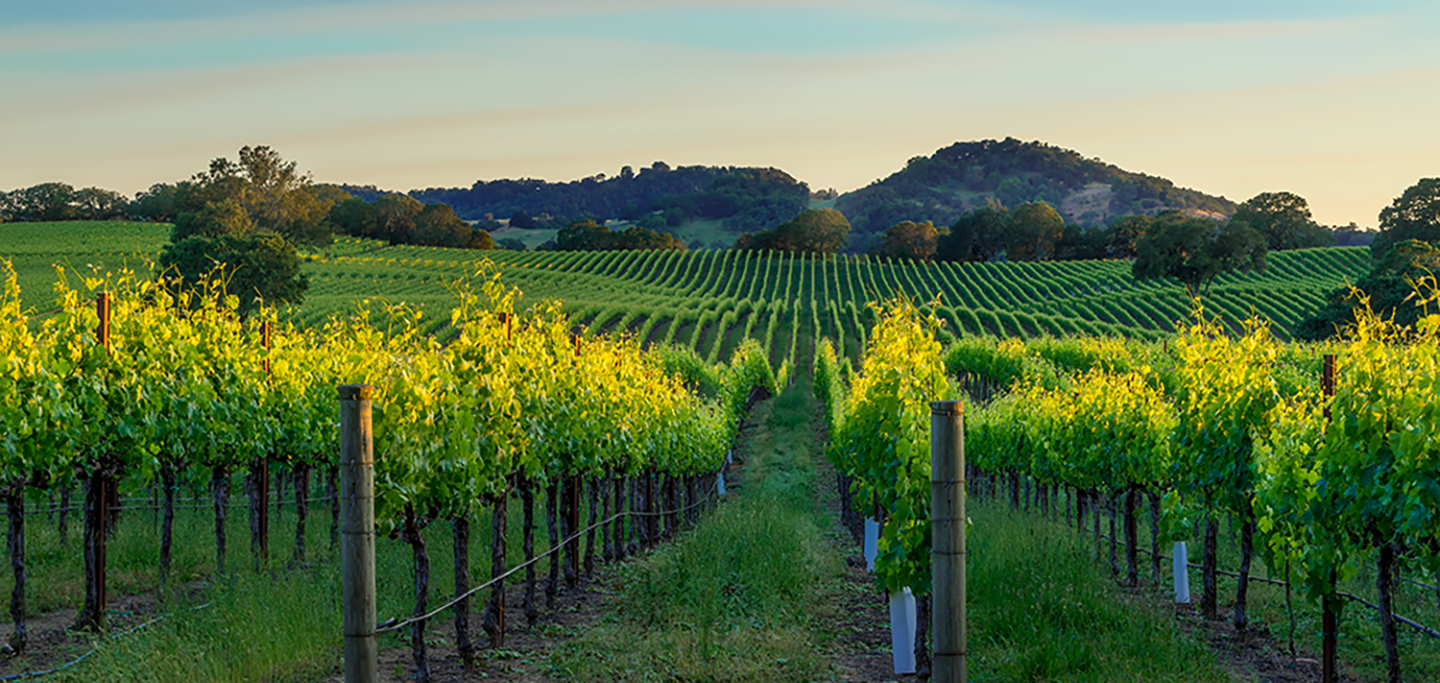 Region:
Region: -
Description:
Squeezed between the Savoie and the Rhône valley is Isère, a dramatic landscape of steep, narrow river valleys and forested slopes. Grape growing in Isère dates back to Roman times, and 33,000 hectares of vines were recorded as planted here in the 19th century. But that was before phylloxera struck. Since many of the best vineyard sites in Isère were remote and difficult to farm due to the cool climate, steep slopes, and poor, rocky soils, they were largely abandoned, and many of Isère’s indigenous varieties nearly went extinct. However, over the last ten years, there has been a revitalization of Isère’s viticultural heritage, and one of its leading voices is Jérémy Bricka.
After studying enology, Jérémy Bricka worked at Guigal for eight years, managing their St. Joseph and Hermitage vineyards. With a lifelong passion for the mountains and looking for a change of scene, Jérémy moved to Trieves in the Rhône-Alpes in 2011 and co-founded the first French whisky distillery, Des Hautes Glaces. Jérémy fell in love with the region, but his success with whisky was mixed, so he decided to return to his original passion: vines and wine. He purchased five hectares in Isère in 2015, an IGP on the eastern border of France above the Rhône river and below Savoie. He chose this site due to its steep slopes of black shale soils. Here he sensed the potential for the region’s indigenous varieties, so he planted Verdesse, Mondeuse Blanche and Noir, Altesse, Persan, Etraire de l’Aduï, and Douce Noire. At an elevation of 500-700 meters above sea level, this site is quite cool, which keeps disease risk low, and his farming is certified organic. In the cellar, Jérémy favors a gentle approach, using neutral vessels and minimal sulfur to ensure the vibrancy of the variety and terroir translate into the glass.
This profile, including all tasting notes and photos, was edited from the European Cellars website. For more information please visit: European Cellars.
Image: Region:
Region: -
Description:
Joël Falmet’s domaine is a small family operation, made up of 6.5 hectares of vineyards, all surrounding the village of Rouvre-les-Vignes. Passed down through his family for generations, Joël took over the domaine in the early 1990s. With the help of his brother Yves (now a producer in Saint-Chinian), Joël produced the family’s first estate bottled wine. This is unusual in the Aube, where the grapes are often sold to larger Champagne houses to add body and richness to their blends, but rarely used for estate bottlings.
Exceptionally conscientious about farming, Joël never uses herbicides or pesticides in the vineyards. He also plants oats between the rows of vines. This helps to prevent erosion, introduces nitrogen back into the soil, creates competition for water in wet years, and helps prevent evaporation in dry years.
Image: Region:
Region: -
Description:
Johnson Family is our value-driven private label produced for us from selected vineyard sites in California.
The current Cabernet Sauvignon is from certified sustainable vineyards in Alexander Valley, an area in Sonoma known for producing great Cabernet. In the past, we have produced Chardonnay and Pinot Noir under the Johnson label, but we only make wine when we are able to get high quality fruit at an affordable price. For now, only the Cabernet checks those boxes. These wines are made utilizing only the most exacting standards; low yields, minimal handling, sustainable farming, french oak aging and minimal fining and filtration. The proof is in the bottle as you will see when you taste the wine.
Image: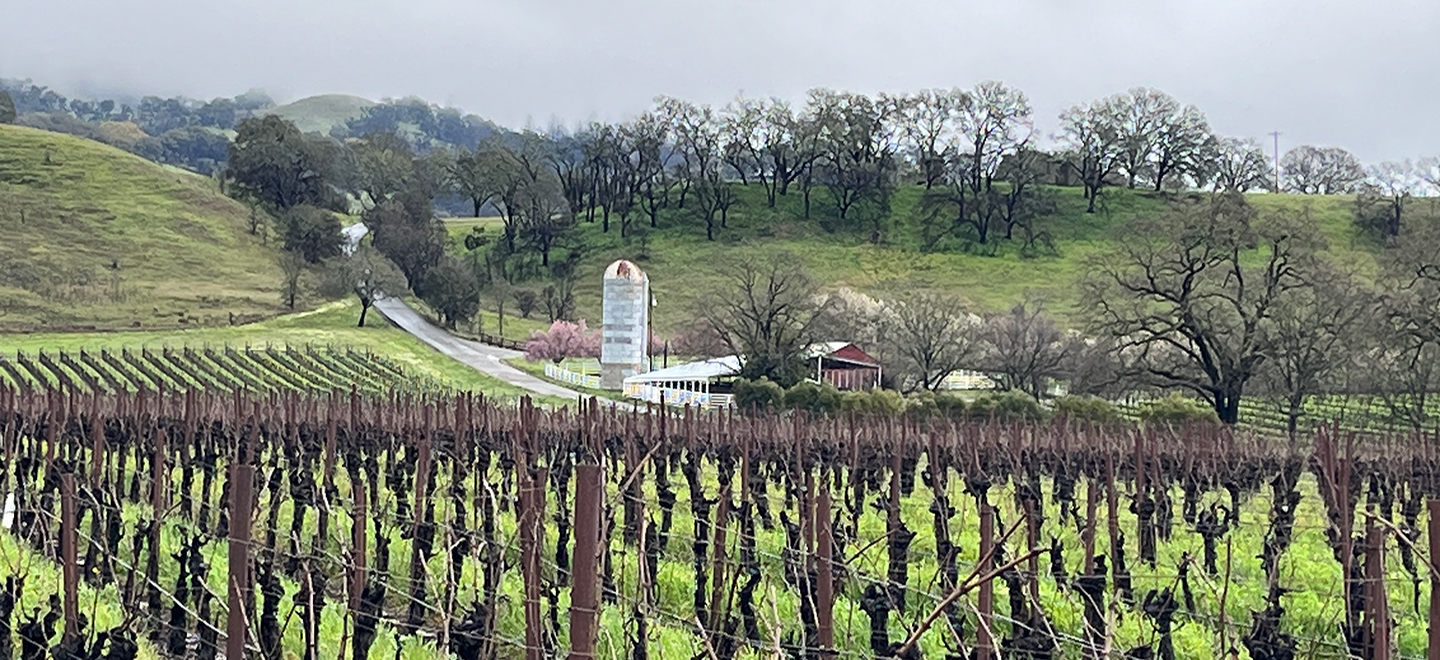 Region:
Region: